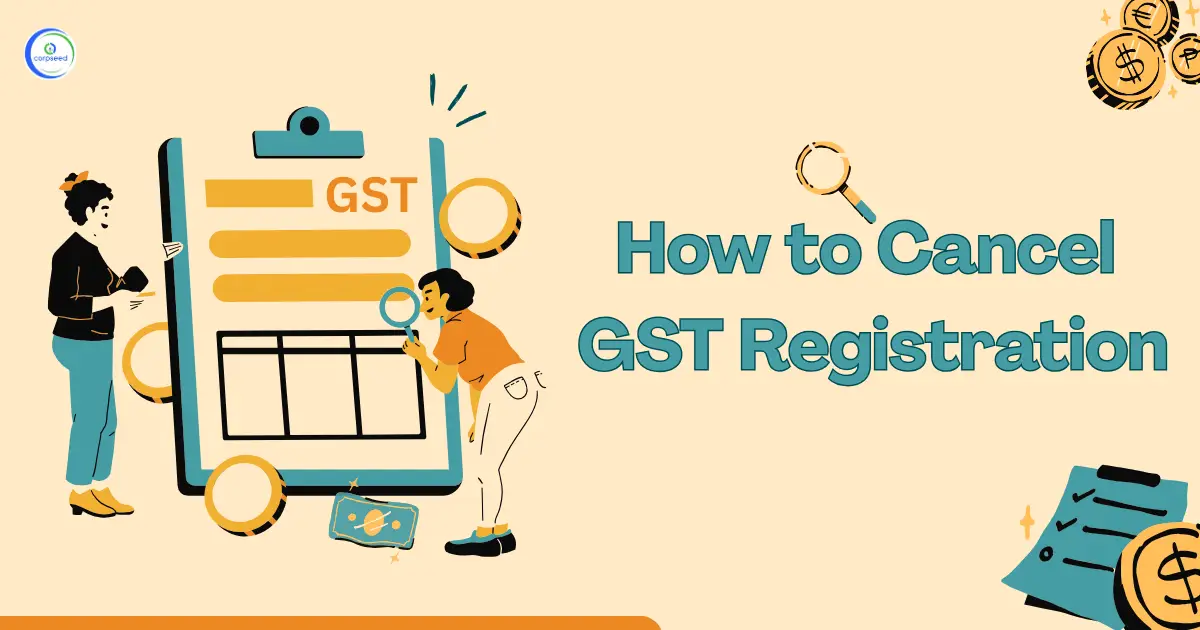GST came in like an unexpected wave and changed the way one-of-a-kind eating places operate in India. It has facilitated quite a few, whilst many had been lacking in a state of complete confusion. The international coffee large Starbucks changed into inside the news currently for now not reviewing the GST they had been charging and thereby, reducing the prices of their products, post the GST price cut imposition. Accordingly, the tax authorities may additionally impose a nice on the company. Doesn’t sound very good, does it? Earlier, the GST for restaurants become set to 18% which was later reduced down to 5% in November 2017, in addition to which the Input Tax Credit (ITC) became additionally abolished. Too much? Let’s try to dissect this not-so-large term, GST.
Table of Contents
What is GST?
It’s been almost two years given that GST become imposed and the functioning of many sectors in our USA, has been modified ever given that, the Restaurant Industry being one among them. The Goods and Service Tax, commonly referred to as GST, is the only uniform tax imposed on all goods and services (apart from the exempted ones). To put it simply, now there’s an unmarried tax-paying system in place of Central and State oblique taxes namely, VAT, Service Tax, and more. A unified tax structure is to be accompanied by using restaurants no matter their turnover. It’s a four-tiered tax structure of 5%, 12%, 18% and 28%. As a person belonging to the eating place business, you have to know which tax category your restaurant belongs to. Getting your eating place registered online for GST can now be completed with minimal effort.
GST rate for restaurants
According to the NRAI (National Restaurant Association of India) India Food Services Report of 2016, the eating place industry is the third biggest after retail and services, in the service sector. In different words, it performs a massive role in the country’s economic growth, compelling us to know precisely how GST works in regard to eating places. The twenty-third GST Council meeting witnessed some changes in the tax charges for restaurants. Based on this unified tax system, the restaurants are grouped into three, stand-alone restaurants, restaurants within motels and out-of-door catering. The tax for eating places differs relying on the type of GST slab you fall into.
A singular GST of 5% is relevant for all the eating places no matter their air conditioning and whether or not or not they serve alcohol. The Input Tax Credit can’t be claimed beneath this slab.
- The GST for restaurants stationed inside resorts whose room tariff is under 7500 INR is 5%, where the ITC can’t be claimed. For those who have a room tariff of more than 7500 INR, the implemented GST is 18% with the benefit of ITC.
- All the eating places that have outside catering (now not on eating place premises) are required to pay 18% GST in which they could avail of the ITC.
- Restaurants that come underneath the 5% GST slab and feature an annual turnover of extra than a crore can't claim the Input Tax Credit. Those falling below the 18% slab can. Want to recognize approximately the unique licenses required to open a restaurant?
How it’s affecting the restaurant industry?
Right after the GST got here into effect, some of the prominent eating place chains had been adversely affected. The introduction of GST added with it the removal of the Input Tax Credit or the ITC. This intended that GST they paid on raw materials and lease could not be claimed. As a result, the capital costs and cost of lease sky-rocketed via 15%-18%, consistent with eating places. Therefore, the restaurants trying to make bigger via opening a couple of chains are having second mind about the equal and feature revised their plans and targets. They are now shifting to five-star resorts with a view to avail the Input Credit Tax. Masala Library and Farzi Café, brands of the great dining chain Massive Restaurants, are few a number of the others which are soon going to open numerous retailers in five-star inns to revel in the advantages of ITC, in step with a piece of writing published by way of the Economic Times. The article in addition pointed out how the eating places are dropping their appetite as a result of the brand new tax rules
No Input Tax Credit means even higher rent
The revised tax coverage has led to a shift of restaurants online. Brands like Indigo, Tote at the Turf and Neem of deGustibus Hospitality, are making plans to get online. Due to economic difficulties, they want to now invest more in building an internet presence for their restaurants. The age of millennials and generation has made this commonplace. According to our Lime Tray Online Food Delivery Report, the online meals delivery marketplace in India is developing at a price of 17% every quarter. The coming years will be subjected to a better percent of purchasers ordering online rather than making an attempt to exit and eat. Restaurants can be correctly managed with a simplified restaurant management machine like online food ordering apps, and extra which in turn will help them in reducing the overall charges massively and grow exponentially. This will help you in building your restaurant brand online.
This portion of the site is for informational purposes only. The content is not legal advice. The statements and opinions are the expression of author, not corpseed, and have not been evaluated by corpseed for accuracy, completeness, or changes in the law.
BOOK A FREE CONSULTATION
Get help from an experienced legal adviser. Schedule your consultation at a time that works for you and it's absolutely FREE.









